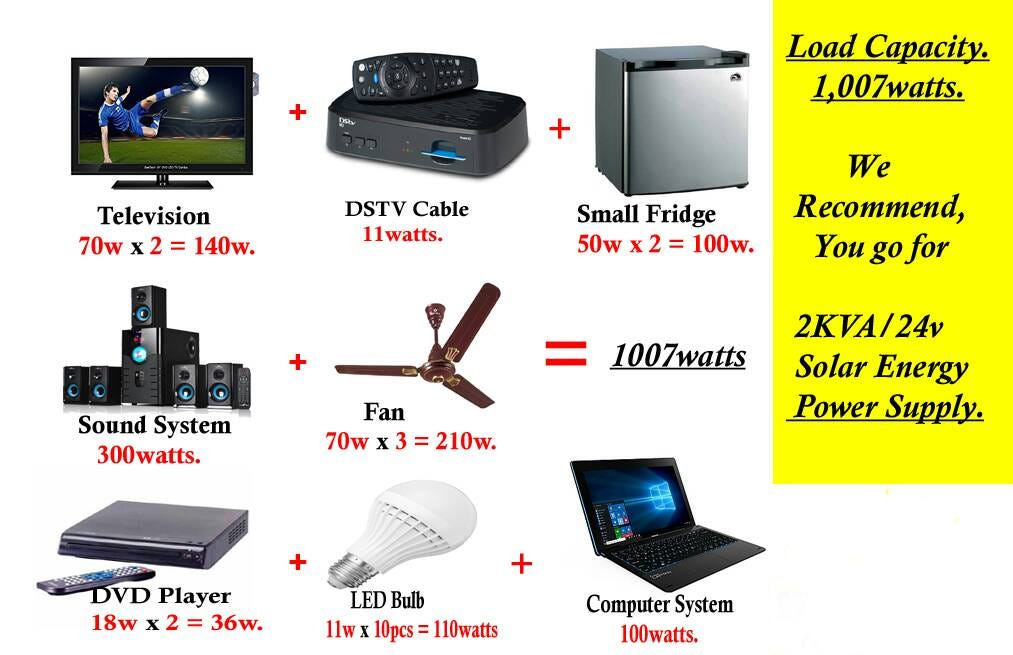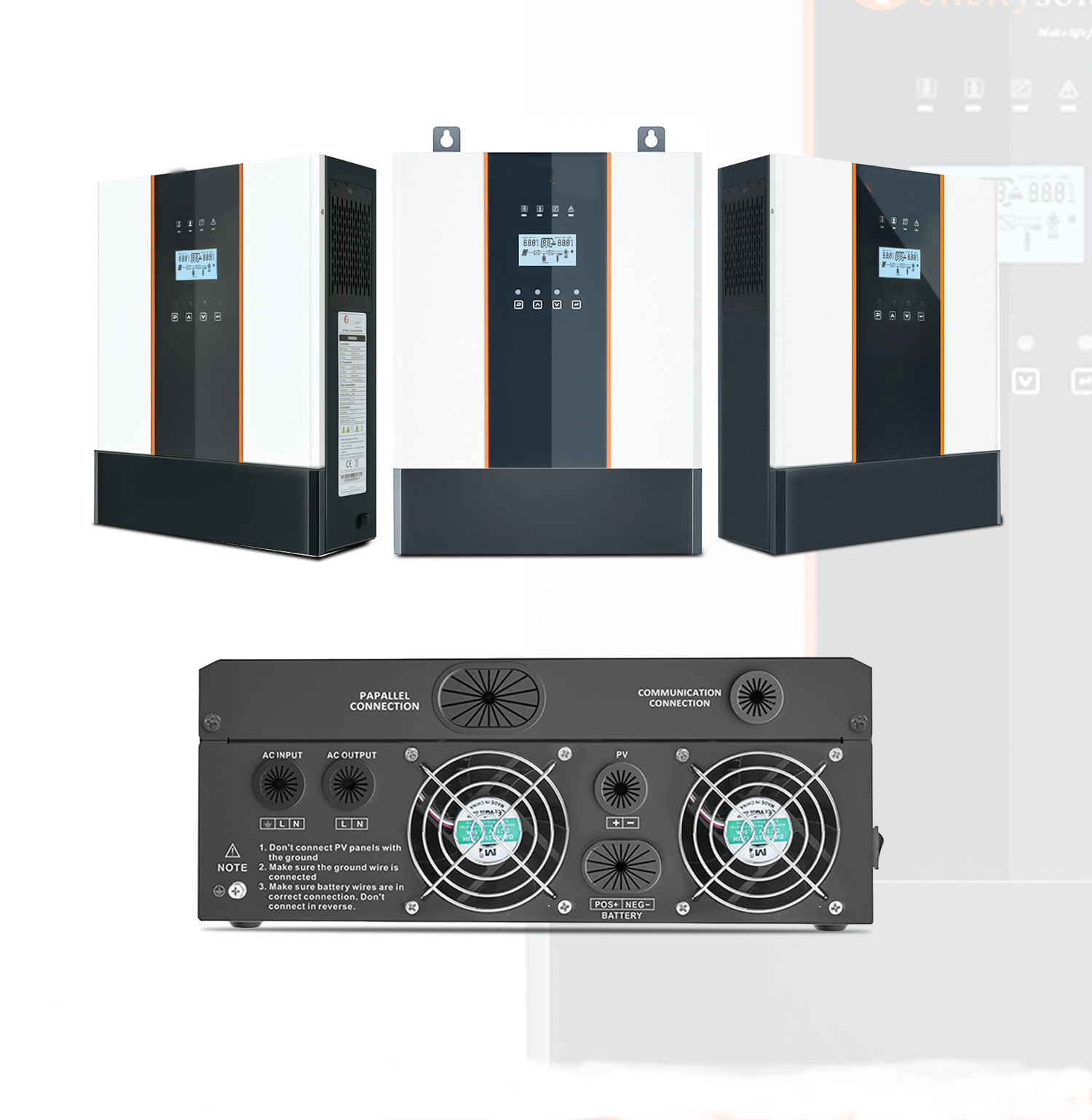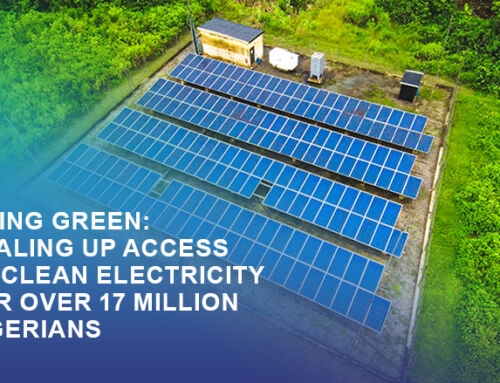Short Answer
The size you choose is determined by the watts (or amps) of what you wish to run (the power consumption can be found on the appliance or tool’s specification plate). We recommend purchasing a larger model than you believe you will require (at least 25% to 40% larger than your highest load).
Assume you want to power a computer, a 50-inch TV, some lights, and a sound system.
TV: 300 Watts 2 – 60 Watt lights: 420 Watts Sound System: 500 Watts Total Needed: 1200 Watts
You’d need at least a 1500 W inverter for this purpose, and you should consider a larger one because there will likely be times when you wish you’d bought a larger one… in this case, you might opt to run a fan while you compute, or let the kids watch TV.
The size of the inverter that is best for your system depends greatly upon the power requirements of the appliances that you plan on operating.

Long Answer
Determine the Continuous Load and the Starting (Peak) Load. Load: You must establish how much power your tool or appliance (or a combination of them) needs to start up (beginning load) and how much power it needs to run continuously (continuous load).
The terms “continuous-2000 watts” and “peak surge-4000 watts” refer to the fact that some appliances or tools, such as those with motors, require an initial burst of electricity to start (“starting load” or “peak load”). Once started, the tool or appliance uses less power to keep running (“continuous load”).
Formulas:
To Convert AMPS to WATTS:
Multiply: AMPS X 120 (AC voltage) = WATTS
This formula yields a close approximation of the continuous load of the appliance
To Calculate approximate Startup Load:
Multiply: WATTS X 2 = Starting Load
This formula yields a close approximation of the starting load of the appliance, though some may require an even greater starting load. NOTE: Induction motors such as air conditioners, refrigerators, freezers and pumps may have a start up surge of 3 to 7 times the continuous rating.
Most often the start up load of the appliance or power tool determines whether an inverter has the capability to power it.
For example, you have a freezer with a continuous load of 4 amps, and a start up load of 12 amps:
4 amps x 120 volts = 480 watts continuous
12 amps x 120 volts = 1440 watts starting load
You would need an inverter with peak-surge rating greater than 1440 watts.
FORMULA to convert AC Watts to DC Amps:
AC Watts divided by 12 x 1.1 = DC Amps
(this is the size vehicle alternator you would need to keep up with a specific load; for example, to keep up with a continuous draw of 1000 watts, you would need a 91 amp alternator)
Some other helpful tips
It’s often a good idea to consult with a professional solar installer or a solar consultant who can assess your specific needs and recommend the appropriate inverter size based on your unique circumstances. We can also help you ensure that your system complies with local regulations and grid connection requirements.
The appropriate size inverter for your system is determined by the power consumption of the appliances you intend to use.





